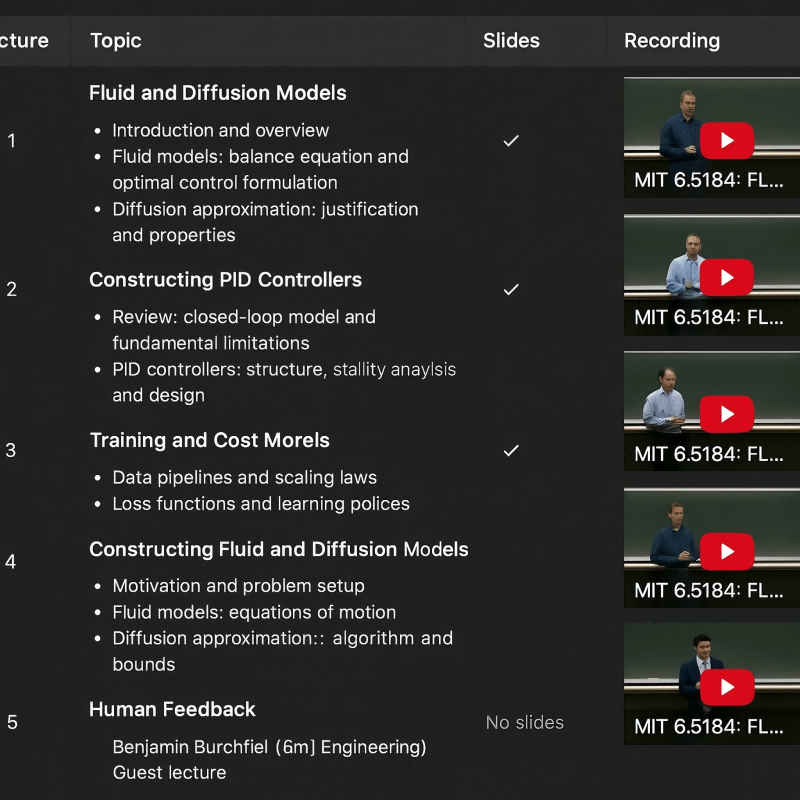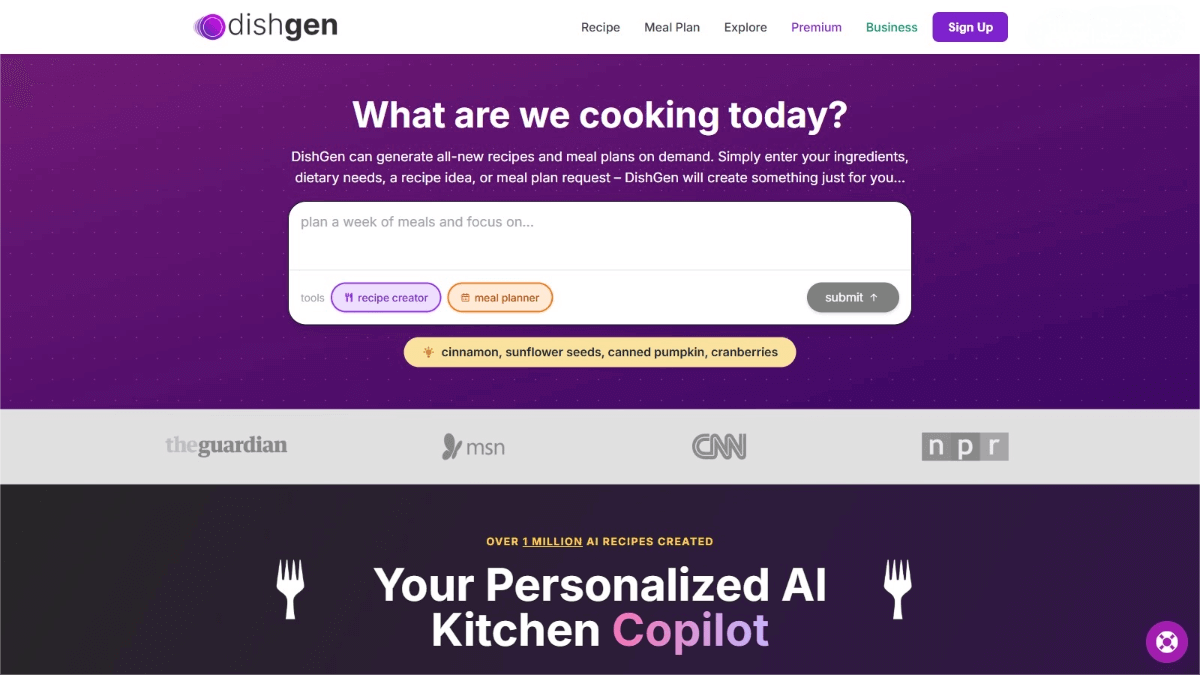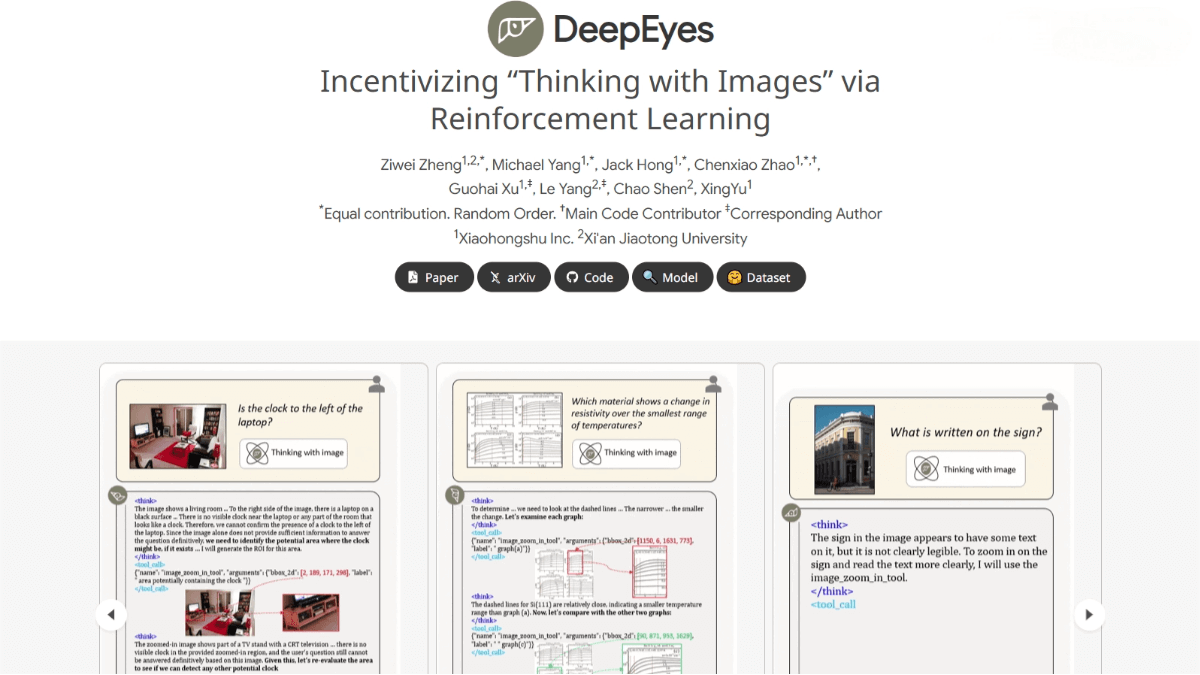From Equations to Imagination: Inside MIT’s Diffusion Labs for Generative AI
Generative models are advancing rapidly across the AI landscape, and diffusion models have emerged as one of the most powerful tools for creating high-quality images, audio, and text. During the 2025 Independent Activities Period (IAP), MIT offered course 6.S184/6.S975, “Generative AI with Stochastic Differential Equations,” to dive deep into this cutting-edge topic. The course’s lab component is now publicly available on GitHub at github.com/eje24/iap-diffusion-labs.

Overview of the Labs
This hands-on lab series was designed by researchers from MIT CSAIL to guide students through the theoretical foundations and practical implementations of diffusion models. The lab covers:
-
Modeling with Stochastic Differential Equations (SDEs):
Learn how to use SDEs to describe diffusion processes and understand their role in generative models. -
Langevin Dynamics Sampling:
Implement and analyze how Langevin dynamics can be used for sampling in high-dimensional generative tasks. -
Conditional Generation and Control:
Explore techniques for conditioning diffusion models to guide the generation process—for example, controlling attributes or styles of the output. -
Numerical Stability and Parameterization:
Discuss challenges around numerical stability during training and sampling, and evaluate different parameterization methods.
The lab materials include Jupyter Notebooks, Google Colab support, detailed step-by-step instructions, and solution references—ideal for students and researchers with a foundational understanding of machine learning.
Additional Learning Resources
Beyond the labs, the course provides a wide range of supporting resources:
-
Course Website:
diffusion.csail.mit.edu offers an overview of the course, lecture slides, reading materials, and more. -
Assignments and Mini-Projects:
The curriculum includes several assignments and a capstone mini-project, encouraging students to train their own diffusion models or apply them to domain-specific challenges.
Related Posts




